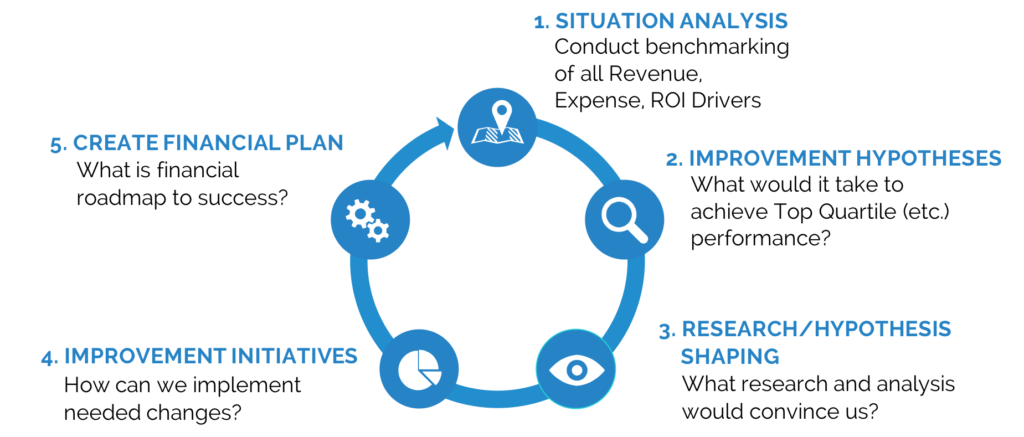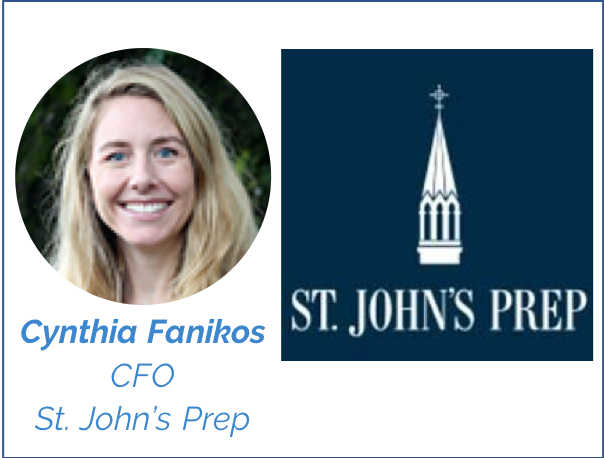
I recently visited a school to discuss strategies for engaging in a more proactive, data-driven recruitment effort. In the course of laying out the results of our research and analysis of who the prime target segments for the school should be, we raised a provocative question that the Headmaster acknowledged he could not currently answer:
“Does the school want to target families earning as “little” as $250-$350,000 per year?”
This demographic represented a sizable chunk of middle-income families with mission-compatible children in the area. Yet, the school was earnestly considering ruling them out because of the likelihood they would require some level of tuition assistance given a tuition level of around $40,000 per child. in this school, as in many others, cost per student drives
 tuition which drives target audience.
tuition which drives target audience.
And, in many cases, schools are engaged in a self-fulfilling prophecy of needing to shrink because tuition goes in only one direction and does so faster than incomes.
But there is a different and better way. Measuring Success has pioneered a data-driven methodology: Level 3 Benchmarking and Financial Reengineering.

This process enables the leadership team to look systematically and efficiently at every driver of expense and potential revenue, benchmark the school’s performance against relevant peers, and use the results of that benchmarking to thoughtfully identify opportunities to meaningfully affect the need to increase tuition.
Schools that have effectively utilized this approach, including Greenhill School in Dallas, and St. John’s Preparatory School in Danvers, MA. Both schools were motivated by concerns of maximizing both their accessibility to mission-appropriate students and also their sustainability. The approach is a highly collaborative one in which school leaders gain insights from evaluating benchmarking information in the areas of Net Tuition, Non-Tuition Revenue, Staffing and Compensation, and Purchased Goods and Services. They gain an understanding of how enhancing their relative benchmarking performance can yield hundreds of thousands, if not millions of dollars in benefits, and of proven approaches to capture these benefits. They can then make conscious choices to tackle areas they believe to be most advantageous for their schools.
Once leaders gain familiarity with the approach, they eagerly embrace it. At St. John’s Prep, the original improvement goal was $6 million over five years. Ultimately, the plan exceeded it with $9 million in identified benefits over five years.
In the words of Cynthia Fanikos, St. John’s Prep’s CFO, “Measuring Success allowed us to take the time and analyze where the school is today in order to strategically plan for the future. The discussions led by Measuring Success took our leadership team into a deep dive, honest assessment of each individual department. With the help of their guidance and partnership, the school is well supported in stewarding its financial resources and ensuring that the value of a Prep education remains affordable and accessible in future years.”

WATCH: Cynthia Fanikos joined us to talk about the financial re-engineering process.

Or, contact me at harry.bloom@measuring-success.com, telephone 202-524-1532.